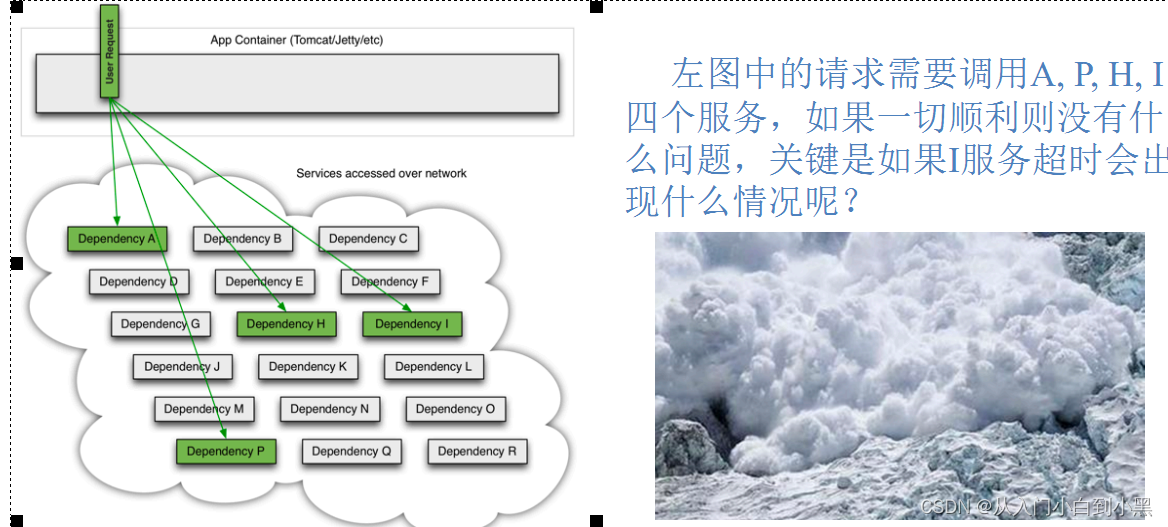本节主要介绍通过样条曲线及截面OPEN API结构体构建截面特征,函数名 UF_MODL_create_section_surface,效果图如下:
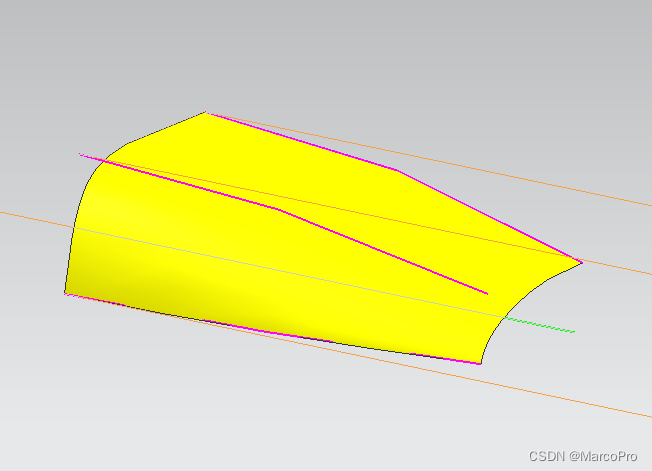
1、函数结构
int UF_MODL_create_section_surface
(UF_MODL_secsrf_data_p_t section_surface_data,
tag_p_t section_surface)
2、实例源码
#include <stdio.h>
#include <uf.h>
#include <uf_defs.h>
#include <uf_curve.h>
#include <uf_modl.h>
#include <uf_modl_types.h>
#define UF_CALL(X) (report( __FILE__, __LINE__, #X, (X)))
static int report( char *file, int line, char *call, int irc)
{
if (irc)
{
char messg[133];
printf("%s, line %d: %s\n", file, line, call);
(UF_get_fail_message(irc, messg)) ?
printf(" returned a %d\n", irc) :
printf(" returned error %d: %s\n", irc, messg);
}
return(irc);
}
static void do_ugopen_api(void)
{
int knot_fix, pole_fix;
tag_t start_tag;
tag_t apex_tag;
tag_t end_tag;
tag_t spine_tag;
tag_t feature_tag;
double start_poles[] = {0.0, 4.0, 2.0, 1.0,
3.0, 4.0, 2.0, 1.0,
6.0, 4.0, 1.0, 1.0};
double start_knots[] = {0.0, 0.0, 0.0,
1.0, 1.0, 1.0};
double end_poles[] = {0.0, 0.0, 0.0, 1.0,
3.0, 0.0, 0.0, 1.0,
6.0, 1.0, 0.0, 1.0};
double end_knots[] = {0.0, 0.0, 0.0,
1.0, 1.0, 1.0};
double apex_poles[] = {0.0, 0.0, 2.0, 1.0,
3.0, 0.0, 2.0, 1.0,
6.0, 1.0, 1.0, 1.0};
double apex_knots[] = {0.0, 0.0, 0.0,
1.0, 1.0, 1.0};
UF_CURVE_line_t spine_coords;
UF_MODL_secsrf_data_t section_surface;
UF_STRING_t ss_string[2];
UF_STRING_t apex_string;
UF_STRING_t spine_string;
spine_coords.start_point[0] = 6.0;
spine_coords.start_point[1] = 4.0;
spine_coords.start_point[2] = 0.0;
spine_coords.end_point[0] = 0.0;
spine_coords.end_point[1] = 4.0;
spine_coords.end_point[2] = 0.0;
/* Create the input curves. */
UF_CALL(UF_MODL_create_spline(3, 3, start_knots, start_poles,
&start_tag,&knot_fix,&pole_fix));
UF_CALL(UF_MODL_create_spline(3, 3, end_knots, end_poles,
&end_tag, &knot_fix, &pole_fix));
UF_CALL(UF_MODL_create_spline(3, 3, apex_knots, apex_poles,
&apex_tag,&knot_fix,&pole_fix));
UF_CALL(UF_CURVE_create_line(&spine_coords,&spine_tag));
/* Create Strings from the curves.
Each string contains 1 curve. */
UF_MODL_init_string_list(&ss_string[0]);
UF_MODL_create_string_list(1,1,&ss_string[0]);
ss_string[0].num = 1;
ss_string[0].string[0] = 1;
ss_string[0].dir[0] = 1;
ss_string[0].id[0] = start_tag;
UF_MODL_init_string_list(&ss_string[1]);
UF_MODL_create_string_list(1,1,&ss_string[1]);
ss_string[1].num = 1;
ss_string[1].string[0] = 1;
ss_string[1].dir[0] = 1;
ss_string[1].id[0] = end_tag;
UF_MODL_init_string_list(&apex_string);
UF_MODL_create_string_list(1,1,&apex_string);
apex_string.num = 1;
apex_string.string[0] = 1;
apex_string.dir[0] = 1;
apex_string.id[0] = apex_tag;
UF_MODL_init_string_list(&spine_string);
UF_MODL_create_string_list(1,1,&spine_string);
spine_string.num = 1;
spine_string.string[0] = 1;
spine_string.dir[0] = 1;
spine_string.id[0] = spine_tag;
/* Initialize the section surface data structure. */
UF_CALL(UF_MODL_init_section_surface (§ion_surface));
/* Populate the structure with appropriate data. */
section_surface.create_method = UF_MODL_secsrf_ends_apex_rho;
section_surface.polynomial_status = 0;
section_surface.tolerance = .001;
section_surface.control_strings[0] = &ss_string[0]; /* start */
section_surface.control_strings[1] = &apex_string; /* apex */
section_surface.control_strings[2] = &ss_string[1]; /* end */
section_surface.control_strings[3] = NULL_TAG;
section_surface.control_strings[4] = NULL_TAG;
section_surface.control_strings[5] = NULL_TAG;
section_surface.spine_string = &spine_string;
section_surface.rho_data.data_method = UF_MODL_secsrf_cubic;
section_surface.rho_data.data_values.data_value[0] = 0.40;
section_surface.rho_data.data_values.data_value[1] = 0.70;
section_surface.rho_data.data_values.data_exp[0] = NULL_TAG;
section_surface.rho_data.data_values.data_exp[1] = NULL_TAG;
section_surface.rho_data.data_values.general_law = NULL;
section_surface.rho_data.data_values.data_constant = 0.0;
section_surface.tangent_faces[0] = NULL_TAG;
section_surface.tangent_faces[1] = NULL_TAG;
section_surface.radius_data.data_method =
UF_MODL_secsrf_no_data;
section_surface.angle_data.data_method =
UF_MODL_secsrf_no_data;
/* Build the section surface. */
UF_CALL(UF_MODL_create_section_surface(§ion_surface,
&feature_tag));
/* Free all the strings. */
UF_STRING_free_string_list(&ss_string[0]);
UF_STRING_free_string_list(&ss_string[1]);
UF_STRING_free_string_list(&apex_string);
UF_STRING_free_string_list(&spine_string);
}
/*ARGSUSED*/
void ufusr(char *param, int *retcode, int paramLen)
{
if (!UF_CALL(UF_initialize()))
{
do_ugopen_api();
UF_CALL(UF_terminate());
}
}
int ufusr_ask_unload(void)
{
return (UF_UNLOAD_IMMEDIATELY);
}3、实例分析
1)本实例主要使用ufun函数有:
创建样条曲线:UF_MODL_create_spline
创建曲线:UF_CURVE_create_line
初始化字符串列表结构:UF_MODL_init_string_list
创建字符串列表结构:UF_MODL_create_string_list
初始化截面数据:UF_MODL_init_section_surface
样条曲线构建截面特征:UF_MODL_create_section_surface
2)创建样条曲线和直线很容易理解,至于字符串列表结构现在还看不明白,不过看使用方法参数和赋值都一样,我们按照实例里面用即可
3)UF_MODL_init_section_surface 和 UF_MODL_create_section_surface 是成对出现的,使用的时候先初始化再创建,ufun函数这样的情况很多不难理解
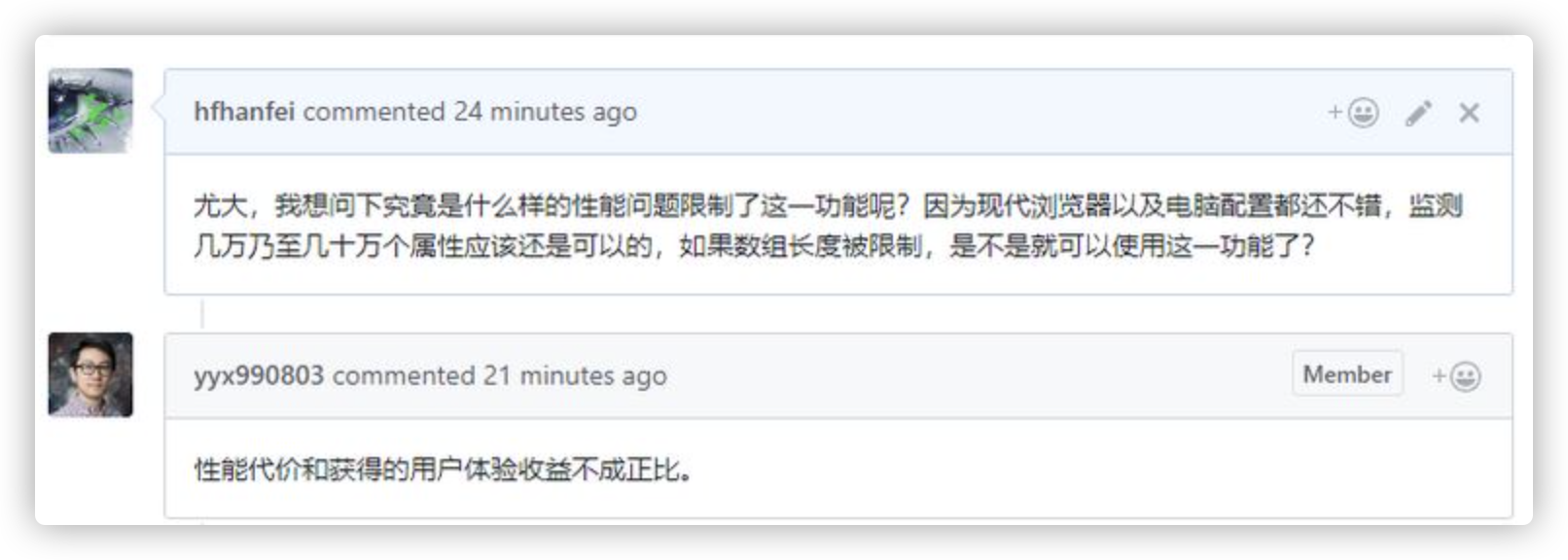






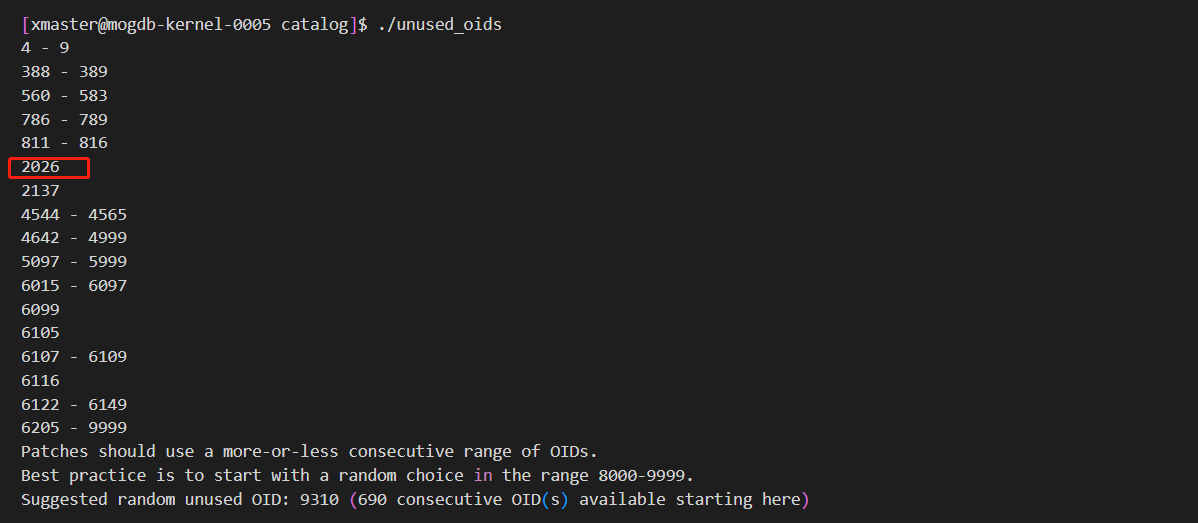
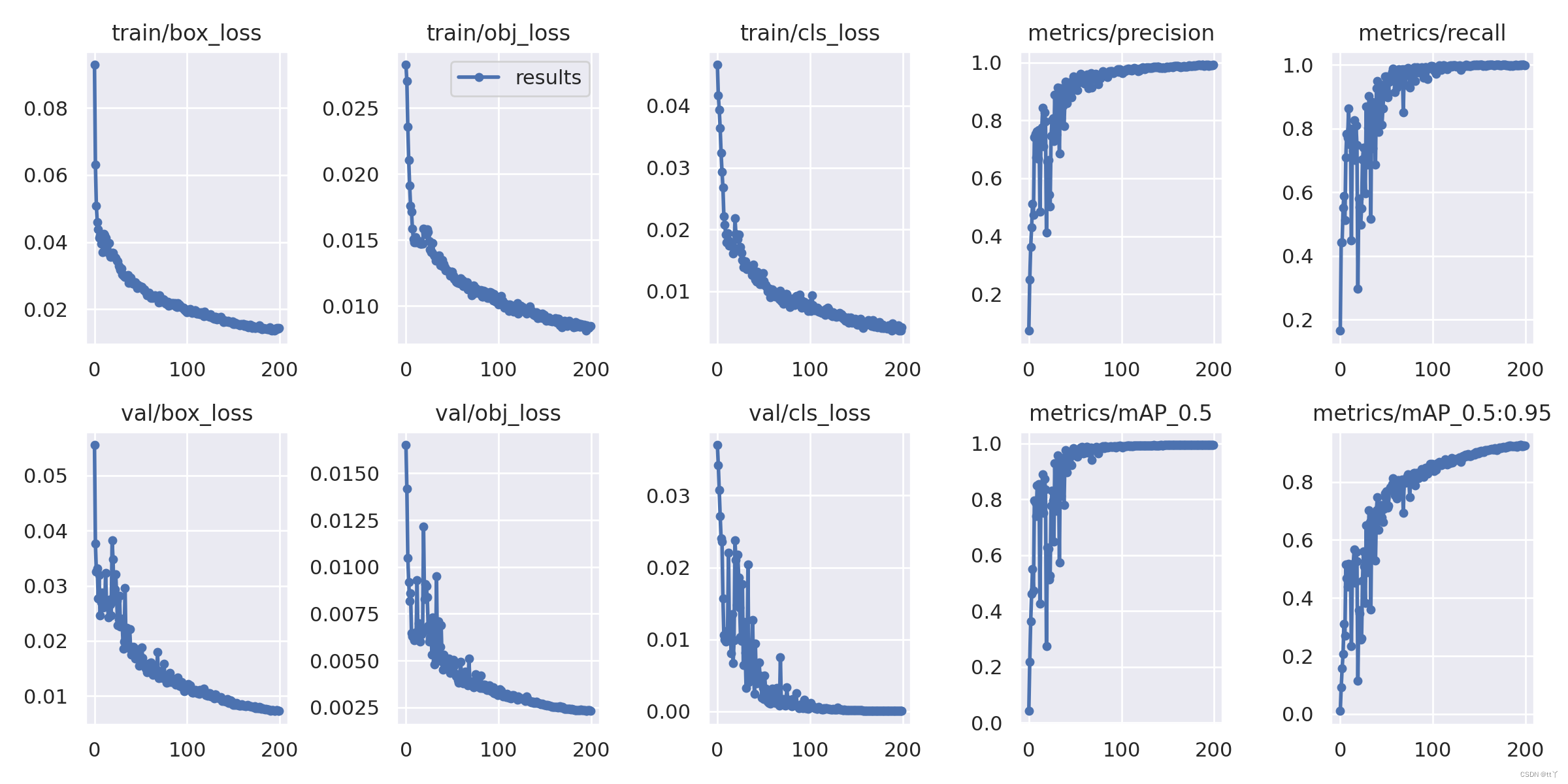
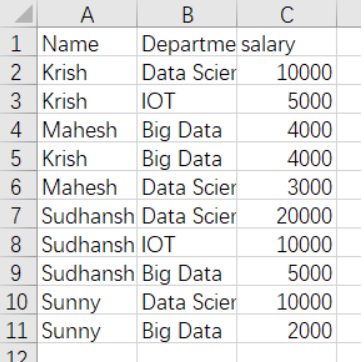







![[C语言]操作符](https://img-blog.csdnimg.cn/1358533b22ef4ec8b2917b2d76254cd8.png)
